Basically, you need to build the USB-ST4 interface described in the github project page and modify your control pad like explained here if it doesn't have an ST4 port.
Modifying the control pad means soldering and wiring an RJ12 socket to the pad buttons.
Once the hardware is done, you will need to install the ASCOM platform and the driver.
After this you can use a software like the open source stellarium to play with your telescope or PHD for astrophotography.
More details are available on the github project page.
Here is a small guide to use it with stellarium.
Sample video of the telescope moving:
 Kevin Ferrare
Kevin Ferrare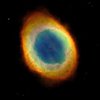




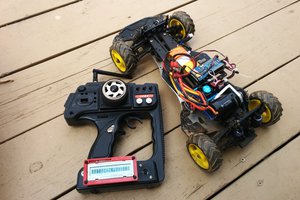
 atomkemp
atomkemp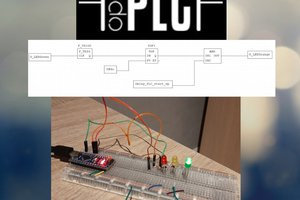
 Michael
Michael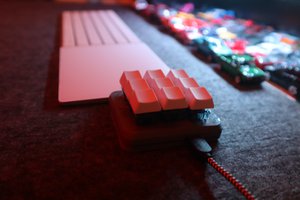
 Saul
Saul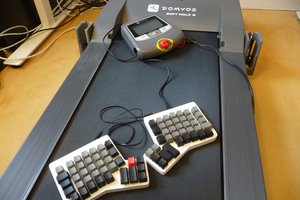
 PixJuan
PixJuan
Hi Kevin,
I recently found your project and I decided to go ahead and make my EQ5 into a GoTo mount. It worked fine, thanks to your detailed description.
Nevertheless, I modified the solution slightly. Instead of using pins 2,3,4,5 I used 2,4,6,8. Why? Because it made a much nicer layout on the stripboard with the optocoupler next to the Arduino. If you like, I can post a quick picture of the finished product.
Next is autoguiding - a quick test with PHD2 already showed potential...
Thanks again for the inspiration and writing the driver code.
Stephan